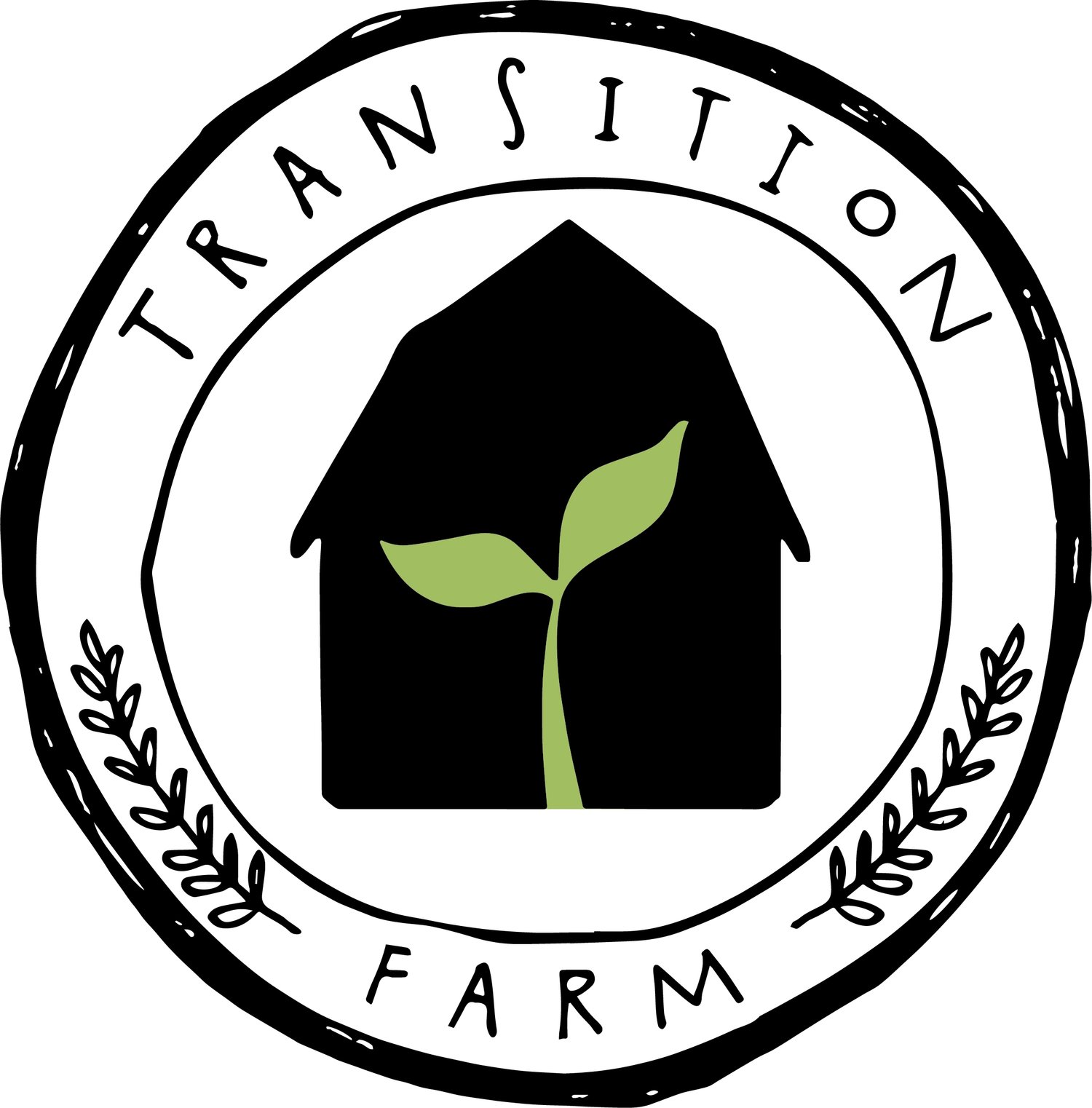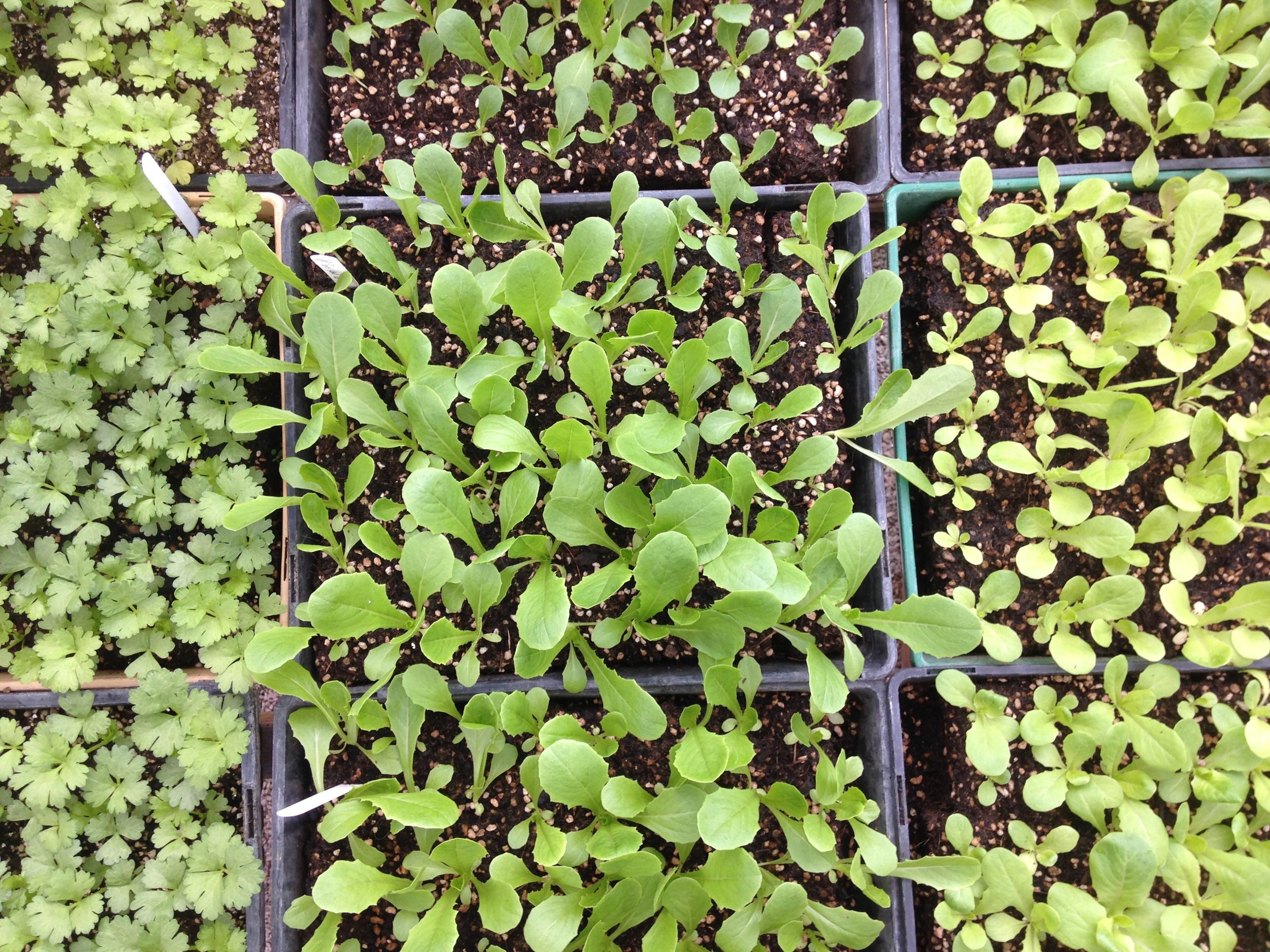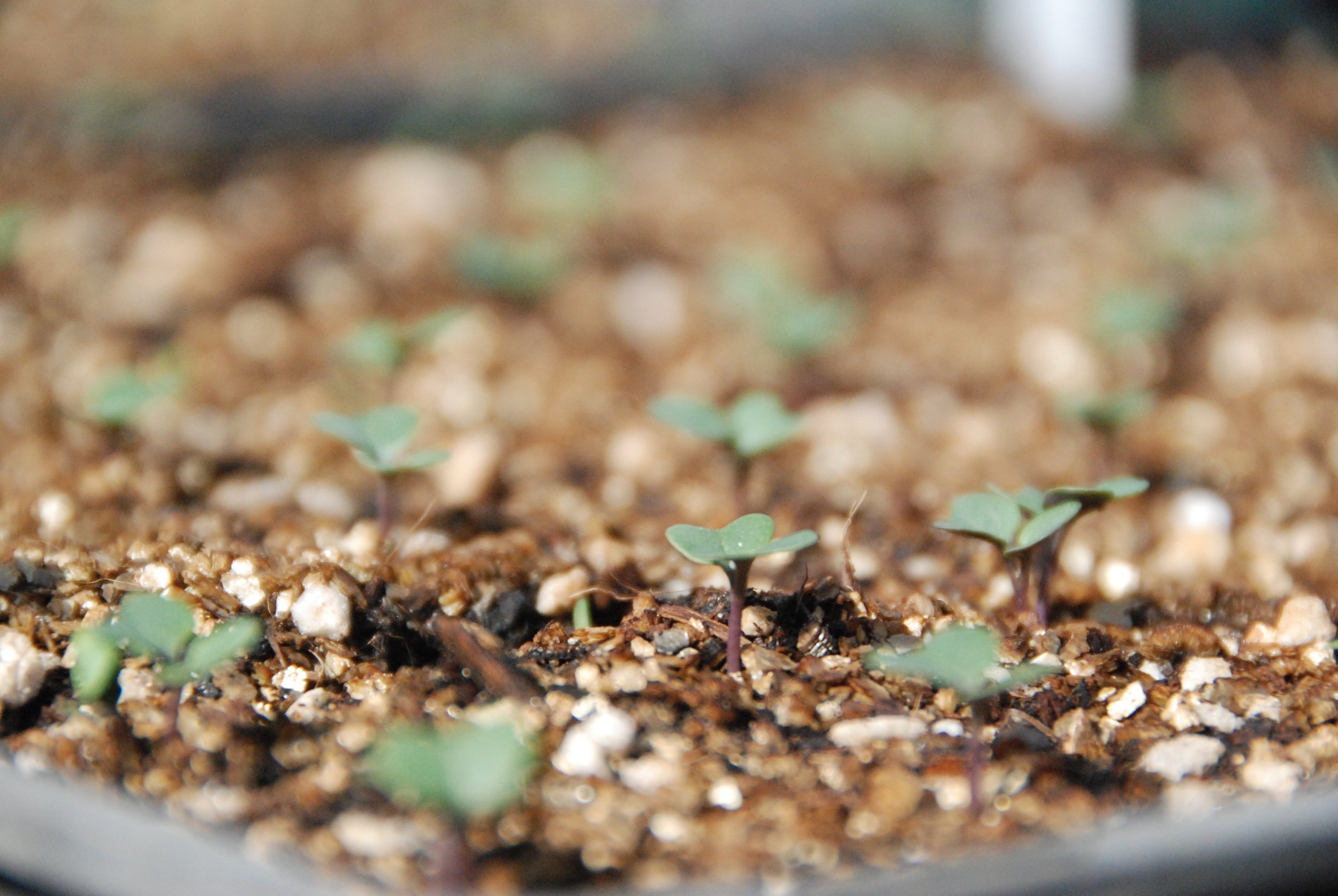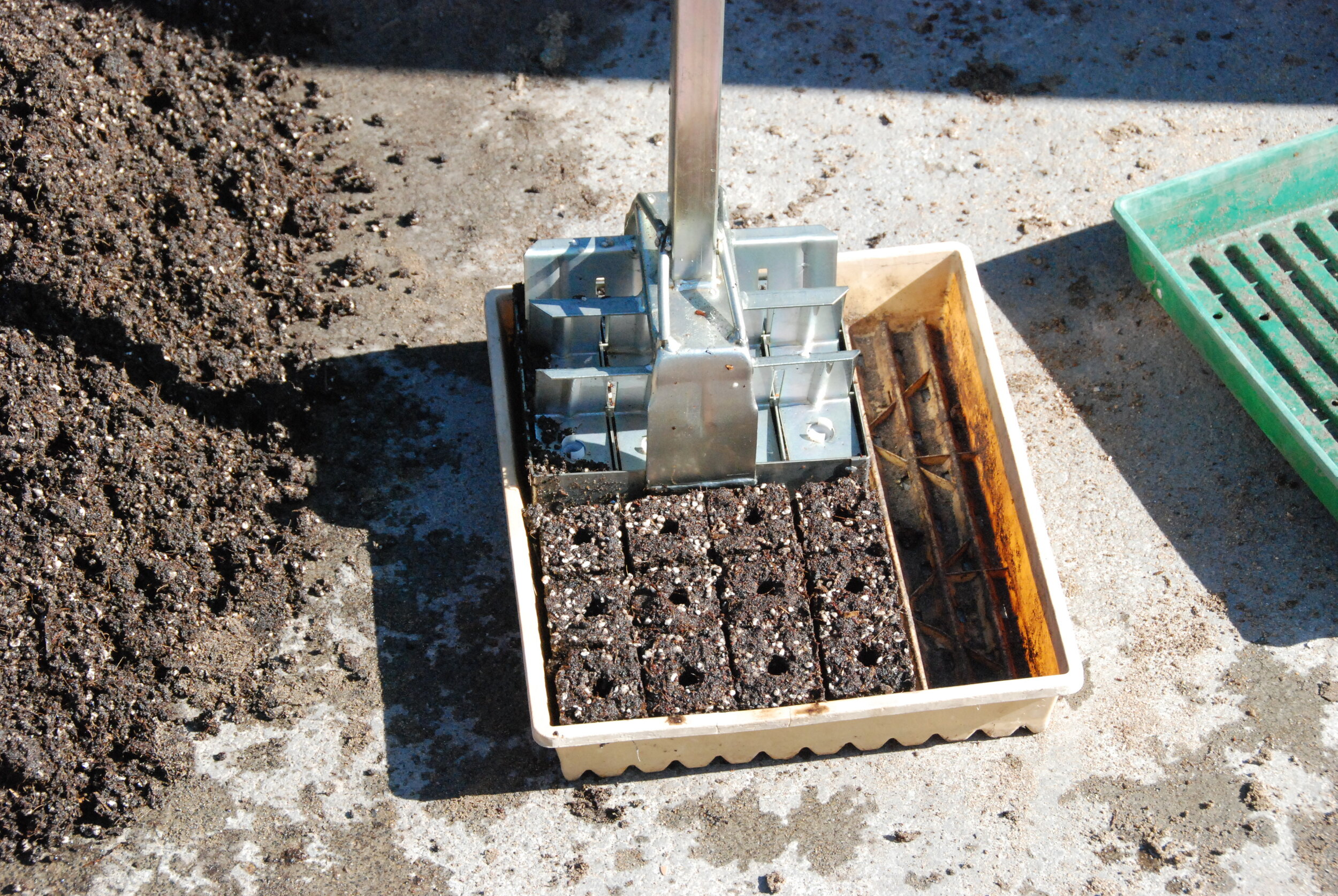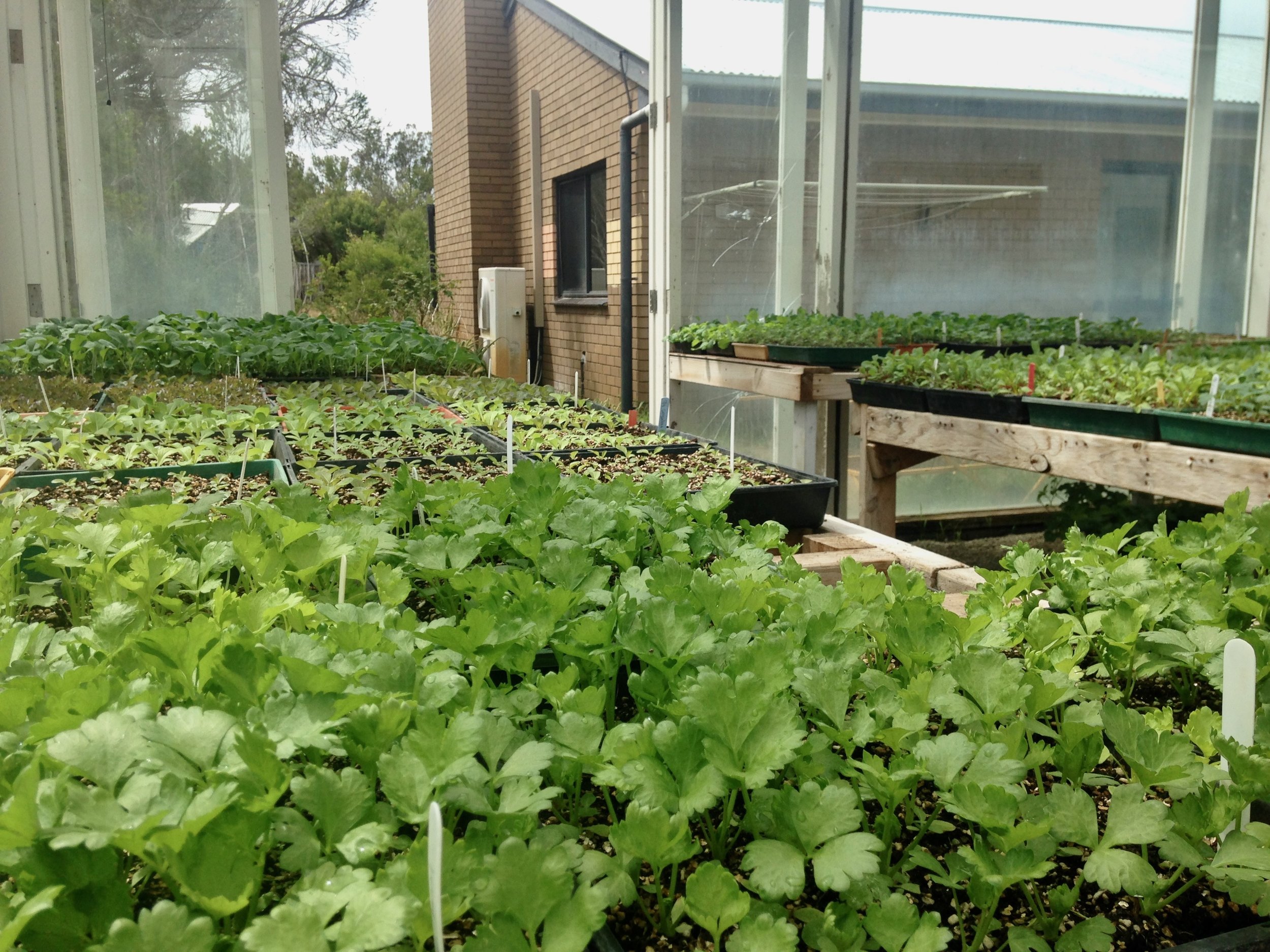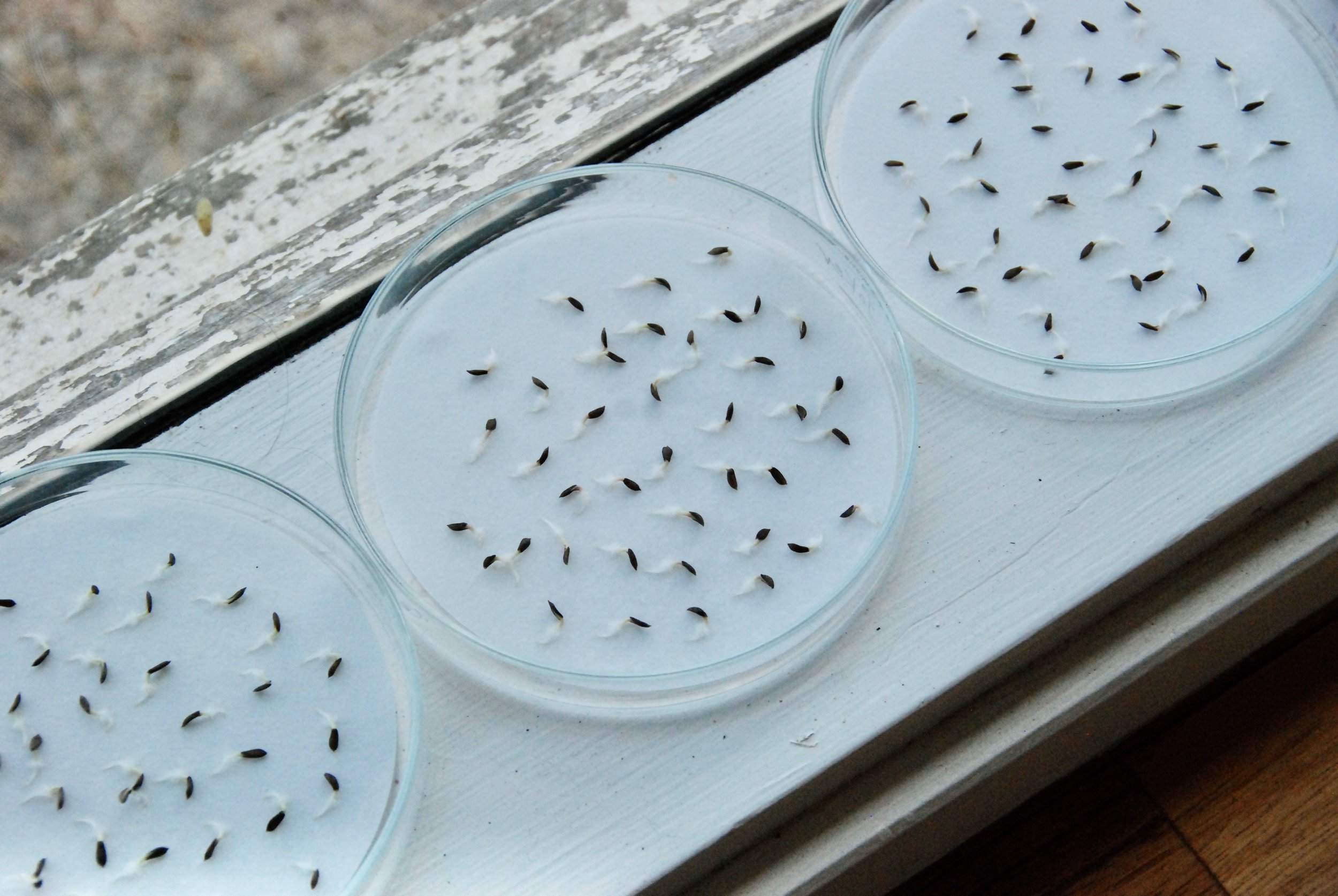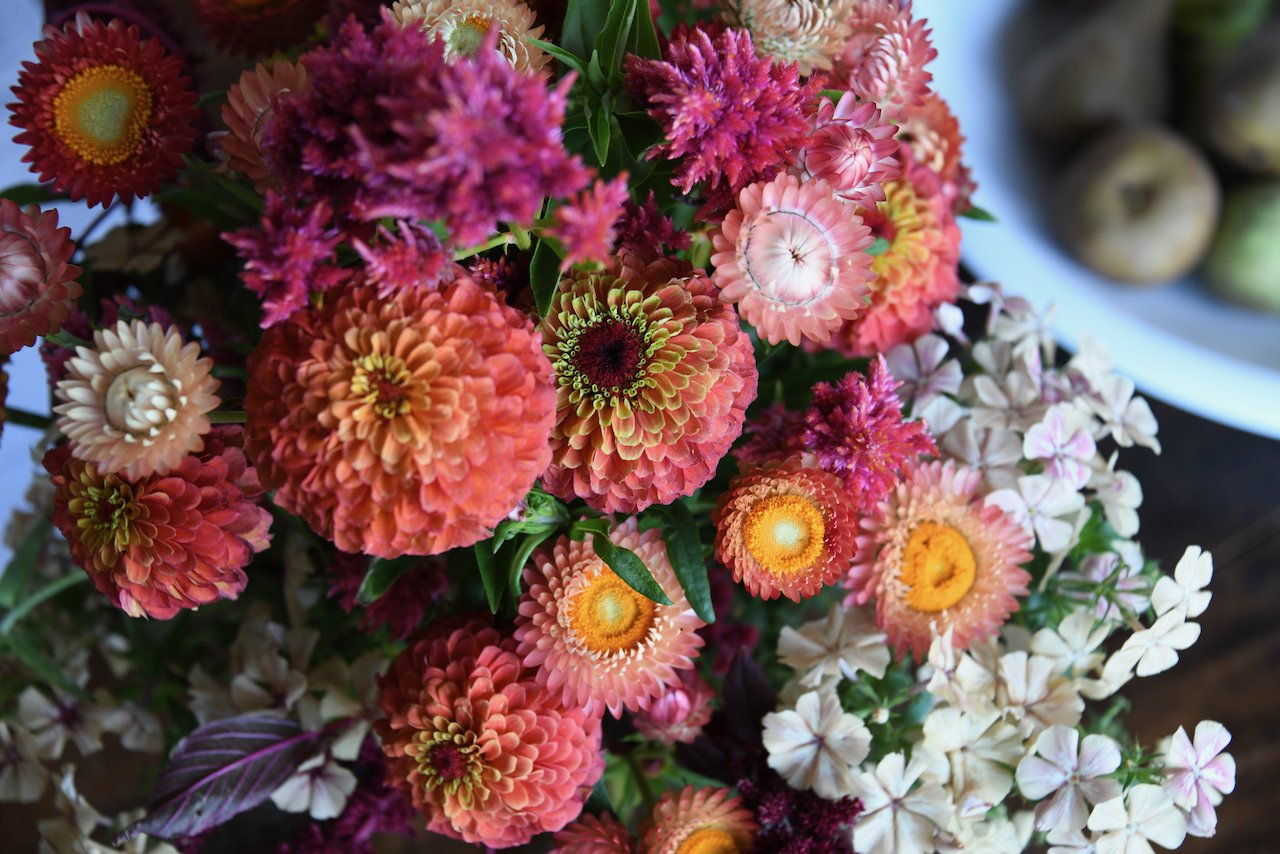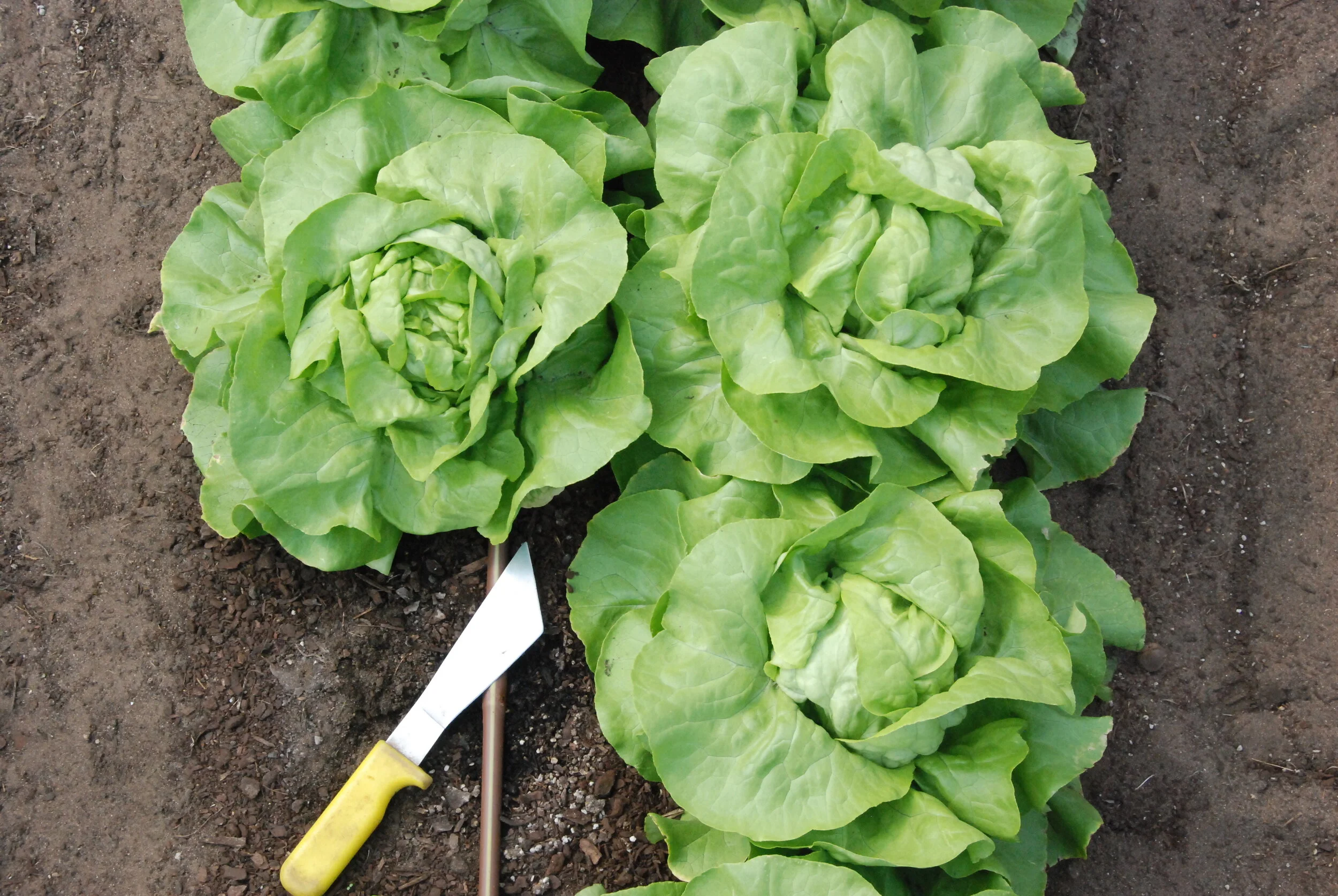Summer Seed Starting Tips
/Even while astronomical twilight lasts until 10:30pm, the days are getting shorter. Settling into summer, for us, includes seed sowing. Not only do we want to continue harvesting lettuce, celery and coriander (which we transplant), we also start all of our Autumn/Winter brassicas from January - late February to ensure we have broccoli, cabbage, cauliflower and kale from late March - September!
Mid summer seedling growing, in some ways, is easier than sowing seeds in late winter - there is ambient warmth that most seeds desire for germination! And there is also plenty of light necessary to grow strong seedlings.
Here are a few guidelines to help with midsummer seedling production.
The four most important factors that govern seedling success and health are:
Seed Raising Soil;
Temperature;
Moisture;
and Light.
SEED RAISING SOIL
Air is one of the most important elements for raising seedlings. Generally, garden soil is not suitable for seedlings as its consistency loses structure quickly when put into a container and it can contain weed seeds and harmful organisms.
We have written about Transition Farm Seed Raising Mix here. Our mix mainly consists of Coconut Coir, Perilite and our own compost.
Another suggested mix contains screened composted material such as fine wood chip, 5% worm casings and 5% natural zeolite.
Essentially, seed raising soil should promote root growth, allow for the movement of moisture (not too wet nor too dry) and provide essential minerals for newly germinated seeds.
We suggest experimenting with different recipes until you find the one that works with ingredients you have and offers the strongest seedlings!
2. TEMPERATURE
The majority of crops started in summer require an optimal germination temperature between 18-22C
We find that in summer this is best found in the shade of the shed.
We seed our flats and then stack them on the concrete floor of the shed.
Stacking on the cool concrete ensures lettuce seed, which will not germinate above 25-27C, will germinate even in the heat of midsummer.
If the season is unusually cool, we put the flats directly into the glasshouse
3. MOISTURE
We start the majority of our mid summer seedlings stacked in the shade of the shed. Stacking preserves moisture. We ensure the trays are moist after seeding/ before stacking.
Direct summer sunlight can quickly dry your seedling mix - and if that happens just as the seed has germinated, the new rootlet with shrivel up irreversibly.
Once unstacked, maintain moisture through frequent, light watering.
If using the stacking method, move your seedling trays to a bright, protected place BEFORE the emerging seedling becomes leggy! This can happen quickly! Remind yourself to check your seedlings in the morning and the evening - you are looking for the first signs that the seed has germinated. This is easiest seen on uncovered seed like lettuce. Once germination has occurred, lay flats out in a well lit, protected place.
Lettuce can germinate in 24 hours. Brassicas in 24-36 hours. Coriander can take 5-7 days. We usually move all flats into the glasshouse at once.
4. LIGHT
Once germination has occurred, your seedlings need strong light - but benefit from protection against drying winds and strong afternoon temperatures.
Place them in a location where they receive at least 8 hours of direct sunlight a day. Also ensure they are protected from heavy rainfall which will dislodge the young seedling and soil.
You can place PVC hoops over a table and attach shade cloth to them. This not only protects the very young seedling from too much drying sun, it also protects from strong rain, wind and hail. If the seedlings are stretching though and becoming leggy, they need more direct sunlight.
We hang shade cloth inside our glasshouse to keep the temperature a bit cooler and soften the intense sunlight of summer.
5. HARDENING OFF
Most mid-late summer seedlings are ready for transplanting from 21-30 days.
Move them out of their sheltered position a few days ahead of transplanting to help them acclimate to more light, wind and weather.
Prepare them for transplanting by also reducing their water - but do continue to ensure they have sufficient moisture to survive the heat of the day.
6. ENSURE SEED VIABILITY
Knowing if the seed you want to use is viable saves so much effort and time. Sowing seeds is an act of hope and each step we take to get that tiny seed into some earth is us dreaming of a harvest!
We have written about Best Practice Seed Storage and Testing Seed Viability. If you have any doubts, spending a few days on a germination test will save you a few weeks of questioning if you did everything correctly.
Although it may seem like keeping up with the watering, weeds and harvests is all you can do, sowing seeds now for your Autumn and Winter meals ensures that even when the zucchini is finished and the long hours of daylight are just a summer gone past memory, your garden is still producing!
We offer suggestions on when and what to sow:
Sowing and Transplanting in January
Transition Farm Sowing Guide for the Five Climate Regions In Australia
